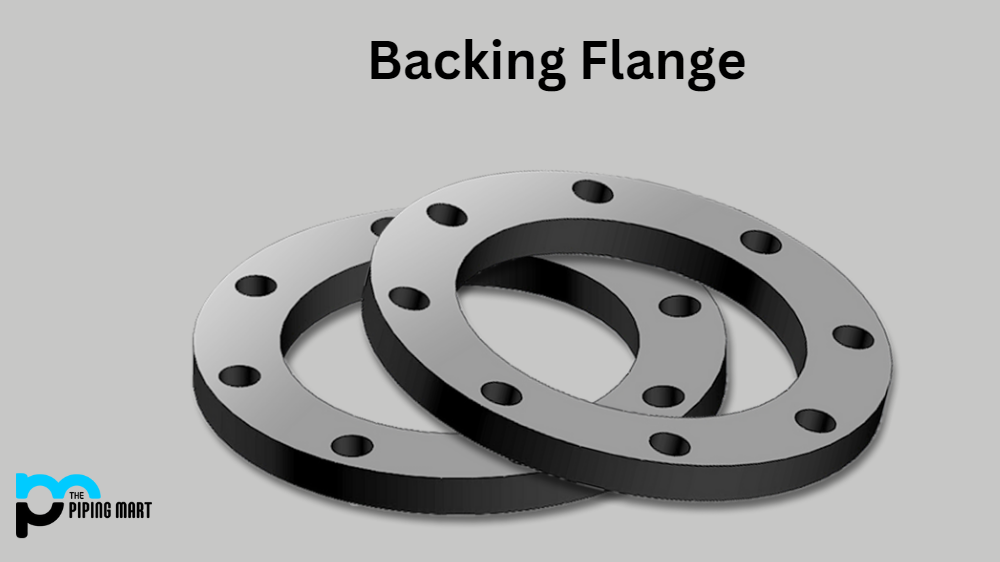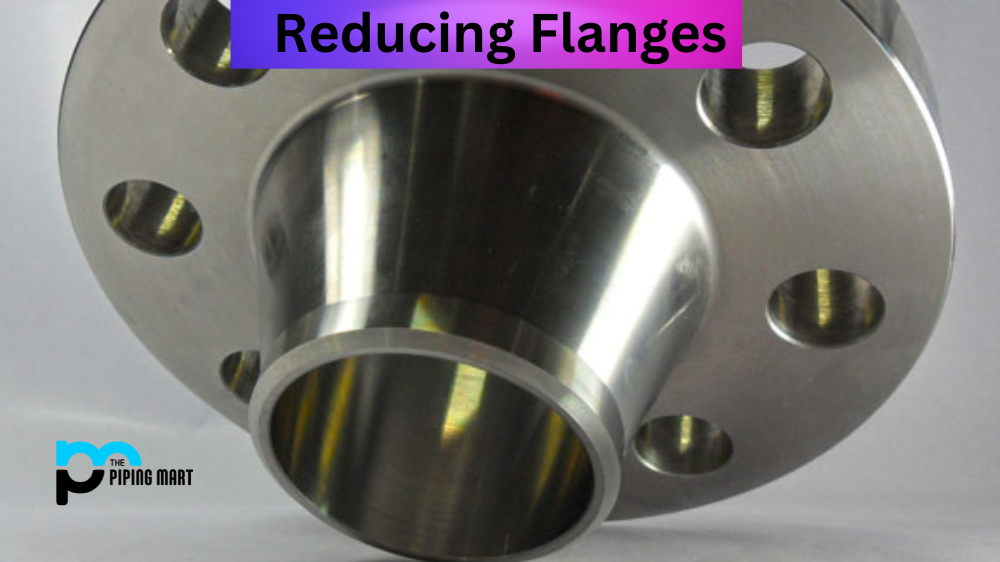Threaded flanges are one of the most commonly used types of flanges in industrial applications. They offer many advantages, including ease of installation and cost-effectiveness. In this blog post, we will take a closer look at threaded flanges and explore the different uses, welding methods, and types available on the market.
What is Threaded Flanges?
Threaded flanges are fittings used in piping systems with internal threads designed to connect to pipes or fittings with corresponding external threads. They offer a reliable and leak-resistant joint without requiring welding, making them particularly useful in low-pressure applications or where frequent disassembly is necessary. Threaded flanges are prized for their ease of installation and removal, allowing quick maintenance or modifications without specialized equipment. They find widespread use in plumbing, HVAC (heating, ventilation, and air conditioning), and smaller-scale industrial settings where simplicity and convenience are valued.
Threaded Flanges Uses
Threaded flanges are used in many industries, such as oil and gas, chemical, and food. Some common applications include connecting pipes or hoses to pumps, valves, pressure vessels, tanks, and other equipment. These flanges also provide an airtight seal connected to pipes or hoses containing pressurized liquids or gases.
Threaded Flanges Welding
Threaded flanges can be welded using various welding processes such as arc-welding (MIG/TIG), oxy-acetylene welding (OAW), soldering and brazing. The most popular welding process for threaded flange connections is TIG (inert tungsten gas) welding due to its high-quality results. This type of welding requires an experienced welder who can create strong connections between the pieces being welded together without leaving any weak points in the joint area.
Threaded Flanges Types
There are several different types of threaded flanges available on the market today. These include Slip On (SO), Socket Weld (SW), Lap Joint (LJ), Blind (BL), Weld Neck (WN), Orifice (OR) and Long Weld Neck (LWN)flanges. Each type has its own unique advantages depending on what application it is being used for. For example, Slip On flanges require less material than other types while providing a good degree of strength; Socket Weld flanges have a higher strength rating than Slip Ons; Lap Joints are designed for applications where low pressure is present; Blinds provide excellent sealing capabilities; Weld Necks offer greater rigidity due to their long neck length; Orifices allow greater flow control compared to other types; and Long Weld Necks provide more excellent stability due to their increased neck length.
Threaded Flanges Dimensions
| FLANGE NPS |
Inside Diameter |
Outside Diameter |
Bolt Circle (BC) | Raised Face (R) | Raised Face (RF) | H | Raised Face Thickness (T) | T1 | Flat Face Thickness (T2) | Bolt Hole (B) | No. of Bolt Holes |
|---|---|---|---|---|---|---|---|---|---|---|---|
| 1/2″ | 0.93″ | 3.50″ | 2.38″ | 1.38″ | .063″ | 1.19″ | .62″ | .38″ | .56″ | .62″ | 4 |
| 3/4″ | 1.14″ | 3.88″ | 2.75″ | 1.69″ | .063″ | 1.50″ | .62″ | .44″ | .56″ | .62″ | 4 |
| 1″ | 1.41″ | 4.25″ | 3.12″ | 2.00″ | .063″ | 1.94″ | .69″ | .50″ | .63″ | .62″ | 4 |
| 1-1/4″ | 1.75″ | 4.62″ | 3.50″ | 2.50″ | .063″ | 2.31″ | .81″ | .56″ | .75″ | .62″ | 4 |
| 1-1/2″ | 1.99″ | 5.00″ | 3.88″ | 2.88″ | .063″ | 2.56″ | .88″ | .62″ | .82″ | .62″ | 4 |
| 2″ | 2.50″ | 6.00″ | 4.75″ | 3.62″ | .063″ | 3.06″ | 1.00″ | .69″ | .94″ | .75″ | 4 |
| 2-1/2″ | 3.00″ | 7.00″ | 5.50″ | 4.12″ | .063″ | 3.56″ | 1.12″ | .82″ | 1.06″ | .75″ | 4 |
| 3″ | 3.63″ | 7.50″ | 6.00″ | 5.00″ | .063″ | 4.25″ | 1.19″ | .88″ | 1.13″ | .75″ | 4 |
| 3-1/2″ | 4.13″ | 8.50″ | 7.00″ | 5.50″ | .063″ | 4.81″ | 1.25″ | .88″ | 1.19″ | .75″ | 8 |
| 4″ | 4.63″ | 9.00″ | 7.50″ | 6.19″ | .063″ | 5.31″ | 1.31″ | .88″ | 1.25″ | .75″ | 8 |
| 5″ | 5.69″ | 10.00″ | 8.50″ | 7.31″ | .063″ | 6.44″ | 1.44″ | .88″ | 1.38″ | .88″ | 8 |
| 6″ | 6.75″ | 11.00″ | 9.50″ | 8.50″ | .063″ | 7.56″ | 1.56″ | .94″ | 1.50″ | .88″ | 8 |
| 8″ | 8.75″ | 13.50″ | 11.75″ | 10.62″ | .063″ | 9.69″ | 1.75″ | 1.06″ | 1.69″ | .88″ | 8 |
| 10″ | 10.88″ | 16.00″ | 14.25″ | 12.75″ | .063″ | 12.00″ | 1.94″ | 1.13″ | 1.88″ | 1.00″ | 12 |
| 12″ | 12.94″ | 19.00″ | 17.00″ | 15.00″ | .063″ | 14.38″ | 2.19″ | 1.19″ | 2.13″ | 1.00″ | 12 |
| 14″ | 14.19″ | 21.00″ | 18.75″ | 16.25″ | .063″ | 15.75″ | 2.25″ | 1.32″ | 2.19″ | 1.12″ | 12 |
| 16″ | 16.19″ | 23.50″ | 21.25″ | 18.50″ | .063″ | 18.00″ | 2.50″ | 1.38″ | 2.44″ | 1.12″ | 16 |
| 18″ | 18.19″ | 25.00″ | 22.75″ | 21.00″ | .063″ | 19.88″ | 2.69″ | 1.50″ | 2.63″ | 1.25″ | 16 |
| 20″ | 20.19″ | 27.50″ | 25.00″ | 23.00″ | .063″ | 22.00″ | 2.88″ | 1.63″ | 2.83″ | 1.25″ | 20 |
| 22″ | 22.19″ | 29.50″ | 27.25″ | 25.25″ | .063″ | 24.25″ | 3.13″ | 1.75″ | 3.07″ | 1.38″ | 20 |
| 24″ | 24.19″ | 32.00″ | 29.50″ | 27.25″ | .063″ | 26.12″ | 3.25″ | 1.82″ | 3.19″ | 1.38″ | 20 |
Conclusion
Threaded flanges come in many different shapes and sizes and can be used in various industrial applications, from oil & gas production to food processing equipment. They are typically easy to install because they use threaded connections instead of welds, making them cost-effective and time-efficient for projects requiring quick turnarounds. Depending on your specific needs, you can choose from several types of threaded flange connections, which offer varying degrees of strength and sealing capabilities depending on your application requirements. If you need help selecting the right type for your project needs or want more information about how these components work, feel free to contact us here at Metric Marketing! We’d be happy to assist you with all your questions!

Pipingmart is a B2B portal that specializes in metal, industrial and piping items. Additionally, we share the latest information and information about materials, products and various types of grades to assist businesses that are involved in this business.





